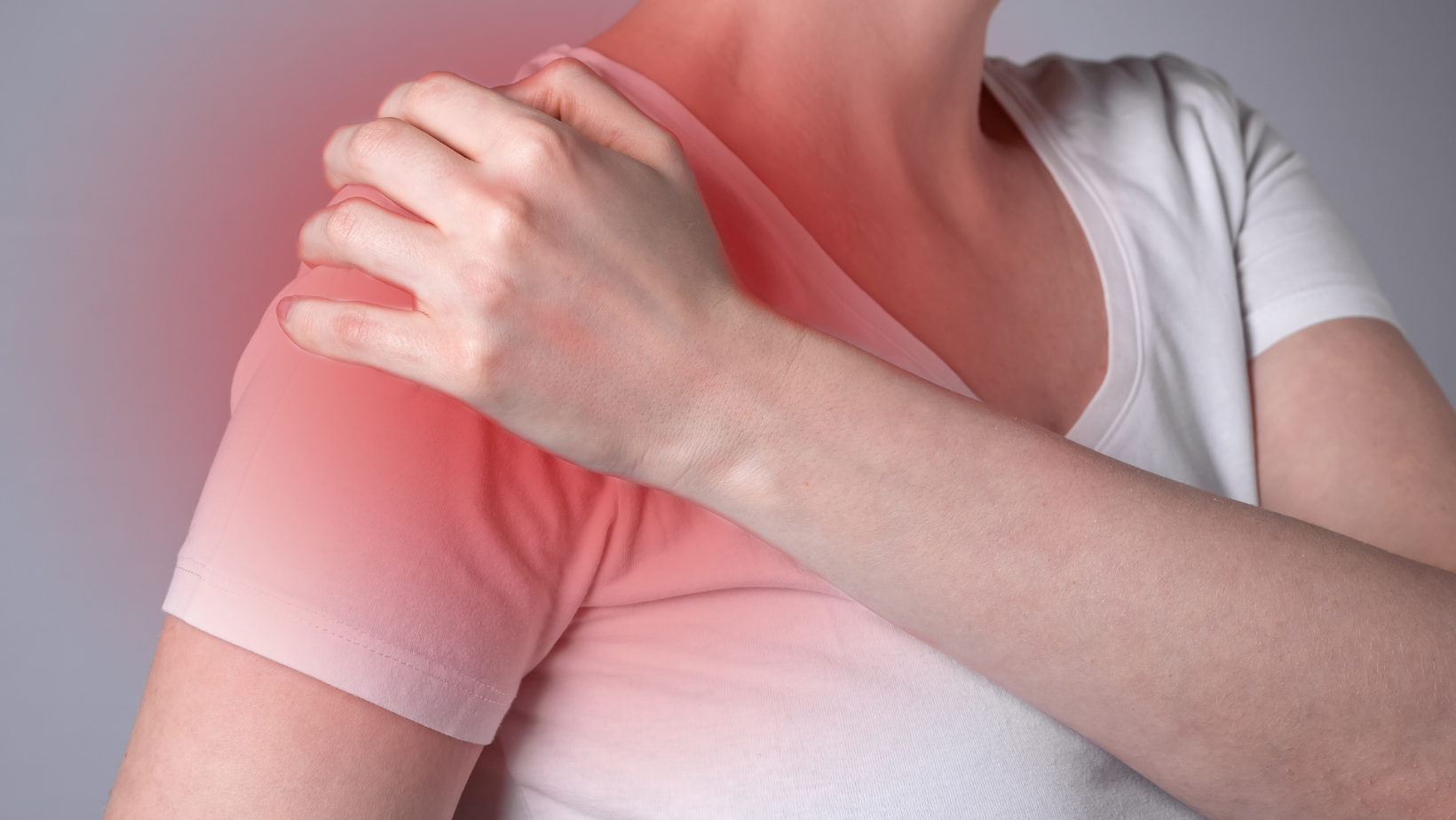Category
Joint pain is a prevalent condition affecting individuals of all ages, limiting mobility and causing discomfort.

Have any questions?
If you have any questions, feel free to contact us at [email protected]. A member of our support team will help you shortly.
Share this blog
Fatigue
Energy
Stress
Sleep
Joint pain is a prevalent condition affecting individuals of all ages, limiting mobility and causing discomfort. Understanding the various factors contributing to joint pain, recognizing symptoms, and exploring effective treatment options are essential for managing this common health issue. In this article, we will demystify joint pain, shedding light on its causes, symptoms, and potential treatments to empower individuals to take proactive steps toward joint health.
Osteoarthritis is a degenerative joint disease that occurs when the protective cartilage that cushions the ends of bones wears down over time. This can result in pain, swelling, and reduced joint flexibility.
Rheumatoid arthritis is an autoimmune disorder where the immune system mistakenly attacks the synovium—the lining of the membranes that surround the joints. This inflammation can lead to joint pain, stiffness, and swelling.
Gout is a form of arthritis caused by the accumulation of urine crystals in the joints, leading to inflammation and intense pain. It often affects the joint at the base of the big toe.
Excessive use or strain on a joint, often associated with repetitive movements or activities, can lead to joint pain. This is common in athletes or individuals with physically demanding occupations.
Joint pain can result from sprains, strains, or fractures. Trauma to the joint, whether acute or chronic, can cause pain and affect joint function.
Infections in the joints, although less common, can lead to joint pain. Septic arthritis can cause rapid-onset pain, swelling, and fever.
Bursitis is the inflammation of the bursae, tiny fluid-filled sacs cushion and lubricate joints. Inflamed bursae can lead to localized joint pain.
Persistent pain or discomfort in one or more joints is the primary symptom of joint pain. The intensity and duration of pain can vary depending on the underlying cause.
Inflammation of the joints often accompanies joint pain, leading to visible swelling and warmth in the affected area.
Joint stiffness, especially after periods of inactivity, is a common symptom. This can make it challenging to move the joint smoothly.
Inflammatory conditions may cause redness and warmth around the affected joint. This is particularly noticeable in conditions like rheumatoid arthritis.
Joint pain can result in a reduced range of motion, making it difficult to perform specific movements or activities.
Over-the-counter pain relievers, such as acetaminophen or nonsteroidal anti-inflammatory drugs (NSAIDs), can help alleviate pain and reduce inflammation.
In cases of severe joint pain, healthcare providers may prescribe stronger medications, including prescription-strength NSAIDs or disease-modifying antirheumatic drugs (DMARDs) for autoimmune conditions.
Physical therapy is often recommended to improve joint function, strengthen supporting muscles, and reduce pain. Therapists tailor exercises to the specific needs and limitations of the individual.
Injections of corticosteroids or hyaluronic acid directly into the joint can temporarily relieve pain and inflammation, particularly in conditions like osteoarthritis.
Adopting a healthy lifestyle, including regular exercise, weight management, and a balanced diet, can contribute to overall joint health and may help reduce the risk of certain common conditions.
Applying heat or cold to the affected joint can help manage pain and inflammation. Hot packs or warm baths are beneficial for relaxing muscles, while cold packs can reduce swelling.
Depending on the severity of joint pain, assistive devices such as braces, canes, or splints may be recommended to support and reduce stress on the affected joint.
In cases where joint damage is severe and other treatments are ineffective, surgical interventions like joint replacement may be considered. This is common in advanced osteoarthritis or significant collective trauma.
Regular, low-impact exercise helps maintain joint flexibility, strengthen supporting muscles, and prevent excessive strain on joints.
Excess body weight can contribute to joint strain, particularly in weight-bearing joints like the knees and hips. Maintaining a healthy weight reduces the risk of joint pain and arthritis.
A well-balanced diet that includes nutrients like calcium, vitamin D, and omega-3 fatty acids supports joint health. These nutrients contribute to bone strength and reduce inflammation.
Choosing joint-friendly activities such as swimming, cycling, or walking can minimize joint impact while promoting cardiovascular health.
Using protective gear such as knee pads or wrist braces can help prevent trauma when engaging in activities that pose a risk of joint injury.
Ensuring proper ergonomics in daily activities and work-related tasks reduces the risk of joint strain. Pay attention to posture and use ergonomic tools and furniture.
Regular check-ups with healthcare providers allow for early detection and management of conditions that may contribute to joint pain.
Joint pain is widespread with various underlying causes, ranging from arthritis to injuries and infections. Recognizing the symptoms, understanding the potential causes, and exploring appropriate treatment options are crucial steps toward effective management. Whether through lifestyle modifications, medical interventions, or a combination of both, individuals can take proactive measures to promote joint health and minimize the impact of joint pain on their overall well-being. Seeking timely medical advice for persistent or severe joint pain ensures a comprehensive evaluation and tailored treatment plan, facilitating a better quality of life for those affected by joint discomfort.